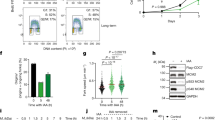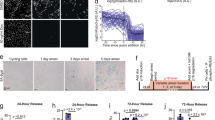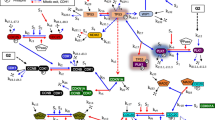Abstract
Cellular senescence, a mechanism employed by cells for thwarting proliferation, has shown to play an important role in protecting cells against cancer development in recent experimental observations, indicating that a deeper understanding of the cellular senescence pathway can help exploit its capacity for more effective cancer treatment. Furthermore, some experimental evidence points out that inhibition of CDK2 or Skp2 can be the critical trigger for cellular senescence. However, no mathematical model has been developed to highlight cellular senescence until now. In this study, we first implement a mathematical model of G1/S transition involving the DNA-damage pathway to highlight cellular senescence by lowering the critical trigger- CDK2. For this, we focus on the behaviour of two important proteins (E2F and CycE) for several reduced CDK2 levels under two DNA-damage conditions by calculating the probability (&x03B2;) of DNA-damaged cells passing the G1/S. Our recently published results from the same model indicated that a large percentage of damaged cells pass G1/S under normal CDK2 levels, reaching &x03B2; values of up to 65% under high level of DNA damage. The current study reveals that reduced CDK2 levels can significantly lower the percentage of damaged cells passing the G1/S; in particular, 50% reduction in CDK2 achieves 65% reduction in the passage of damaged cells. Furthermore, the model analyses the relationship between CDK2 and its CKIs in search of other effective ways to bring forward cellular senescence. Results show that the degradation rate of p21 and initial concentration of p27 can be effectively used to lower the senescence threshold. Specifically, p27 is the most effective, followed by CDK2 and p21. However, the combined effect of CDK2 and CKIs is dramatic with CDK2/p27 combination almost totally arresting the passage of damaged cells. Biologists may wish to validate the efficacy of these targets for treating cancer.
Similar content being viewed by others
Article PDF
Author information
Authors and Affiliations
Corresponding author
Rights and permissions
About this article
Cite this article
Ling , H., Samarasinghe, S. & Kulasiri, D. CDK2 and CKI targeting can significantly lower the cellular senescence bar - reveals a mathematical model of G1/S checkpoint pathway. Nat Prec (2010). https://doi.org/10.1038/npre.2010.4950.1
Received:
Accepted:
Published:
DOI: https://doi.org/10.1038/npre.2010.4950.1



